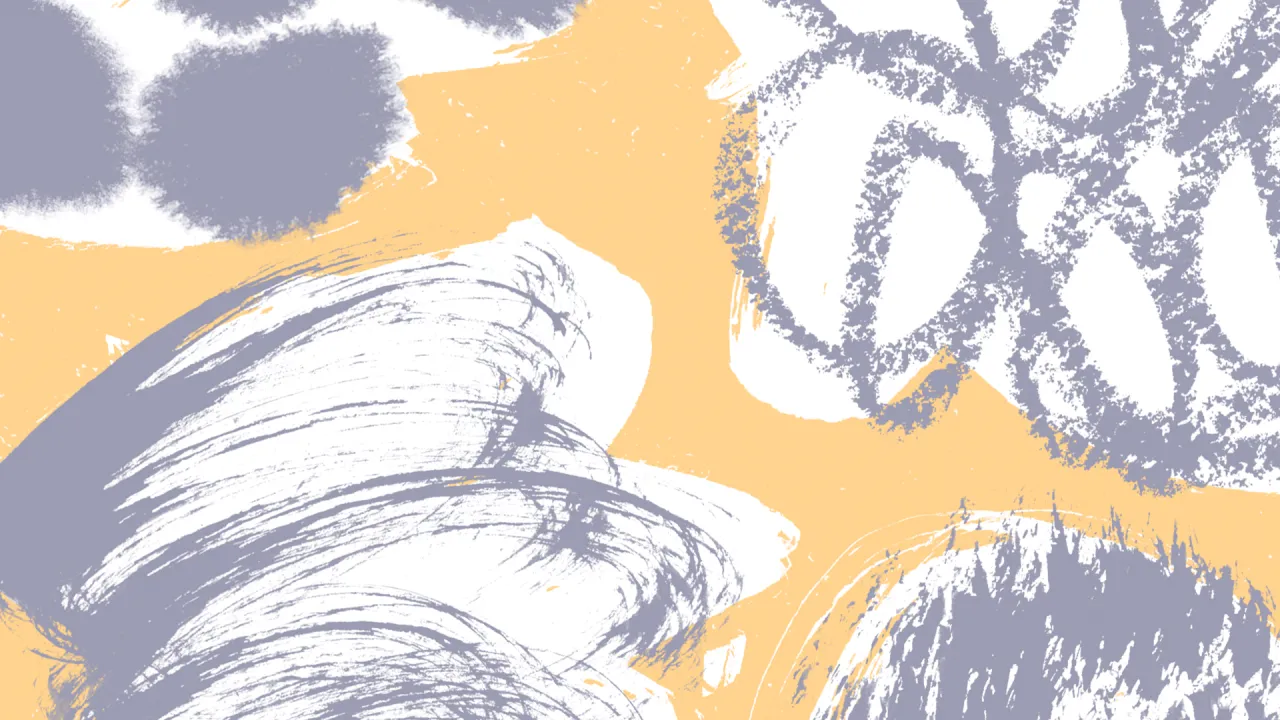Making safe workplaces
Explore this section
Creating a safe workplace
Safe workplaces keep the arts thriving for everyone. Workplace safety is also the law.
Work health and safety roles and duties
Find out what you need to know to meet your legal obligations and create a safe environment for workers, contractors, volunteers and patrons.
WHS consultation: Talking about safety
Work health and safety consultation means talking and listening to workers about health and safety issues.
Managing hazards and risks
Identifying hazards and taking proactive steps to manage risks creates safer work environments, prevents injuries and helps workplaces meet their legal obligations. It is crucial for every creative workplace.
The positive duty to prevent sexual and sex-based harassment
Busineses and organisations have a legal obligation to take steps to prevent sexual harassment or sex-based harassment from happening. This is called a positive duty.
Worker safety training
All workers need workplace safety training – whether they are new to the job or highly experienced.
Safety reporting, monitoring and record keeping
Understanding how to report, monitor and record safety issues helps prevent accidents, meet legal obligations and support everyone in the workplace.
Emergency safety planning
Follow the steps on this page to help you plan for an emergency. Having a clear, well-communicated emergency plan ensures the safety of workers, audiences, and other visitors, and helps workplaces comply with work health and safety (WHS) laws.
Workers compensation insurance
Workers compensation insurance covers workers and organisations financially if a worker is injured or ill because of work.
Getting help with work health and safety
Check with the WHS regulator in your state or territory for requirements that are specific to your workplace. WHS laws are generally consistent across Australia, but they can sometimes vary depending on where you are.










